The world we want to live in With U-Factor® solution, we aim to create A world free ofintractable diseases
There are still many diseases in the world, such as ALS and Alzheimer's disease, for which there are no effective treatments. We are committed to continuously developing new drugs to address the unmet medical needs of these intractable diseases using our developed U-Factor® solution, derived from stem cell culture supernatant.
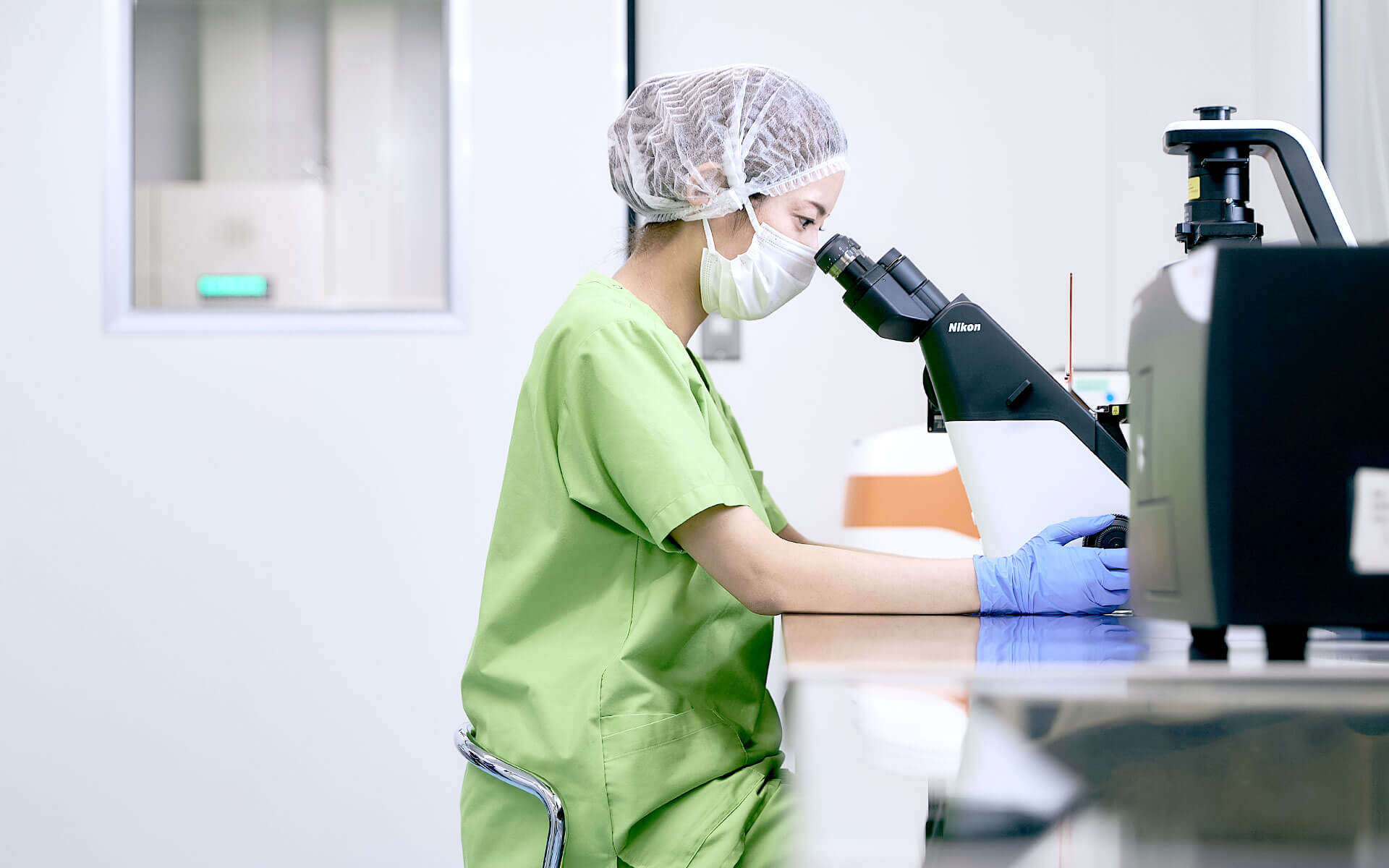
A $1 Medicinefor the World
Traditional cell culture methods primarily relied on manual techniques for cell expansion. However, we have implemented an automated culturing system that enables us to mass-produce stem cell culture supernatant with more consistent quality than manual processes. We are confident that mass production and quality stabilization, leading to cost reduction, are the first steps toward delivering $1 medicine worldwide.
Unmet Medical NeedsWe Are Challengingwith U-Factor®︎ Solution
We are leveraging the innovative technology of U-Factor®︎ solution to address unmet medical needs?those healthcare needs that current medical practices cannot sufficiently meet. We are tackling diseases for which there have been no effective treatments or satisfactory outcomes. Our goal is to provide new options that improve the quality of life for patients, particularly in areas where medical advancements are urgently needed, such as intractable and rare diseases like those listed below.
- Estimated Number of Patients in Japan
- 10,000 patients
- Estimated Number of Patients in Japan
- 64,900 patients
- Estimated Number of Patients in Japan
- 22 million patients
- Estimated Number of Patients in Japan
- 126,000 patients
- Estimated Number of Patients in Japan
- 794,000 patients
- Estimated Number of Patients in Japan
- 1,740,000 patients*
- Estimated Number of Patients in Japan
- 18,000 patients
- Estimated Number of Patients in Japan
- 23,000 patients
- Estimated Number of Patients in Japan
- 126,000 patients
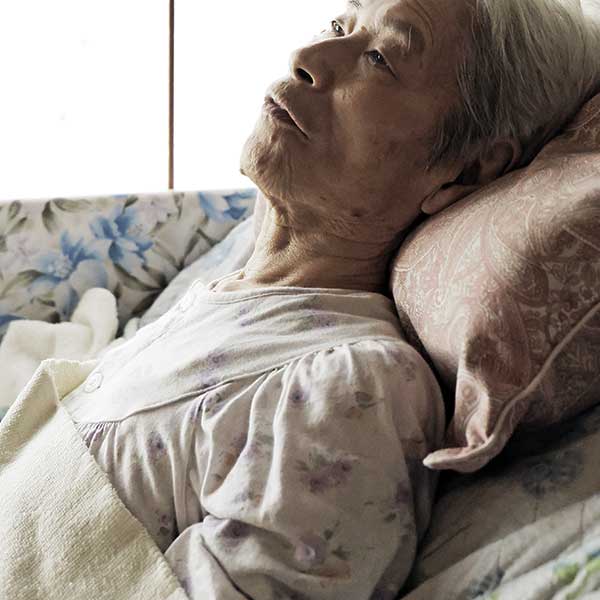
ALS Amyotrophic Lateral Sclerosis
Amyotrophic Lateral Sclerosis (ALS) is a disease characterized by the progressive weakening and wasting of muscles in the hands, feet, throat, tongue, and those necessary for breathing, leading to a gradual loss of these functions. In Japan, the number of patients is estimated to be around 10,000, with 1,000 to 2,000 new diagnoses each year. It is one of the representative intractable diseases for which there is currently no effective treatment.
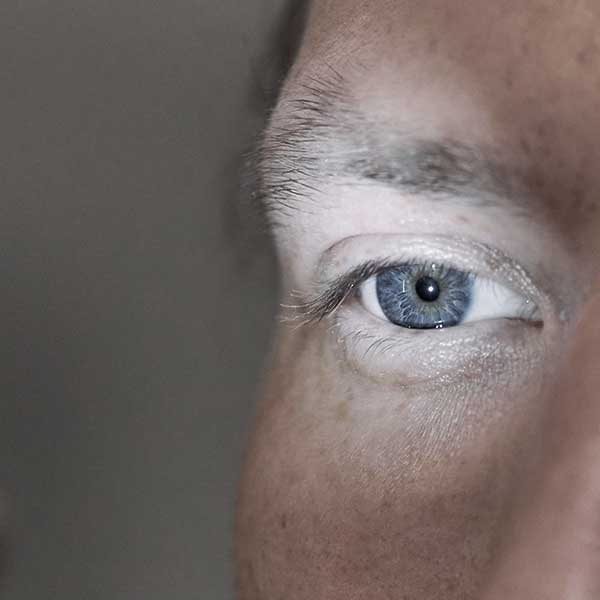
Glaucoma
Glaucoma is a condition where abnormalities in the visual field occur, gradually narrowing the area of vision. In Japan, the number of patients is estimated to be approximately 64,900, with a prevalence rate of 5% among those aged 40 and over, meaning about 1 in 20 people.

Dry Eye
Dry Eye: It is a condition where tears are unable to consistently protect the surface of the eye, leading to dryness and visual disturbances. In Japan, it is estimated to affect over 22 million people, making it a widespread issue.
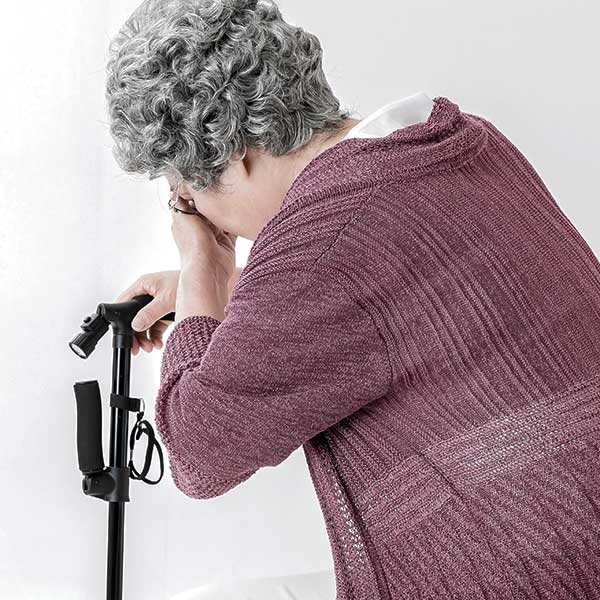
Post-Stroke Sequelae
When a blood vessel in the brain becomes blocked, it restricts blood flow, resulting in damage to brain tissue. This can lead to functional impairments such as hemiplegia (motor paralysis), speech disorders, and swallowing difficulties.
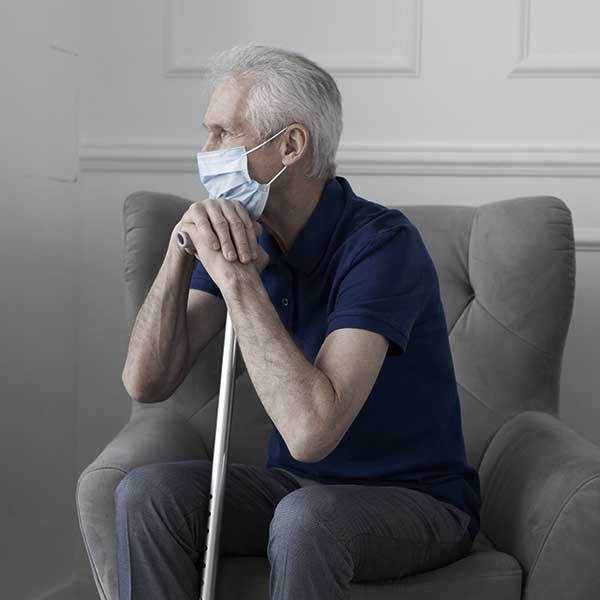
Alzheimer's Disease
Alzheimer's disease is a progressive neurodegenerative disorder characterized by the abnormal accumulation of amyloid-beta and tau proteins in the brain, leading to the gradual loss of neurons. This results in cognitive impairments such as memory loss, disorientation, and decreased judgment, which progressively worsen and interfere with daily life. The risk of developing the disease increases with age, and there is currently no established cure.
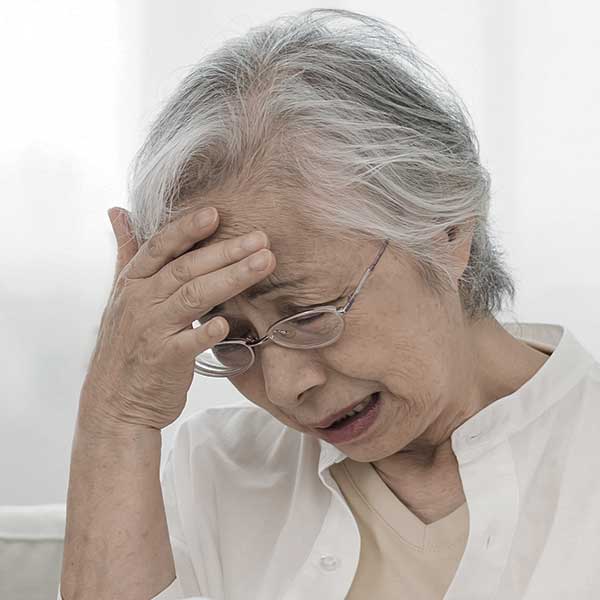
Cerebral Aneurysm
A cerebral aneurysm is a condition where a part of a blood vessel in the brain balloons out, causing the vessel wall to thin and increasing the risk of rupture. If it ruptures, it can lead to intracerebral hemorrhage or subarachnoid hemorrhage. This can result in sudden severe headaches, loss of consciousness, paralysis, and other neurological symptoms. Without appropriate treatment, it can lead to life-threatening situations or severe long-term complications.
*Number of Patients with Cerebrovascular Disease
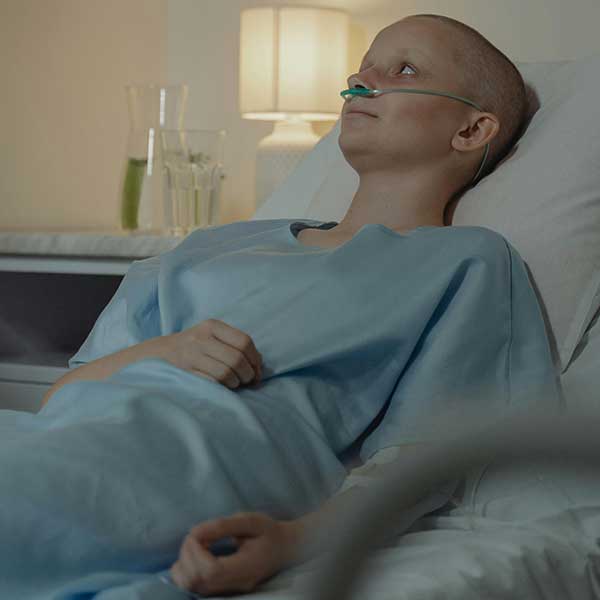
Muscular Dystrophy
Muscular dystrophy is a group of genetic disorders characterized by progressive muscle weakness and atrophy due to defects in the production of proteins needed to form healthy muscle. Symptoms include difficulty walking, decreased respiratory function, and cardiac issues. The age of onset and rate of progression vary depending on the type of muscular dystrophy. It is classified into several types, including Duchenne and Becker muscular dystrophies.

Crohn's Disease
Crohn's disease is an intractable condition characterized by chronic inflammation of the digestive tract, primarily affecting the small intestine and colon. It is marked by symptoms such as abdominal pain, diarrhea, and weight loss. The inflammation can penetrate the intestinal wall, leading to the formation of fistulas and causing strictures. Although the exact cause is unknown, it is believed to involve genetic factors and environmental influences.
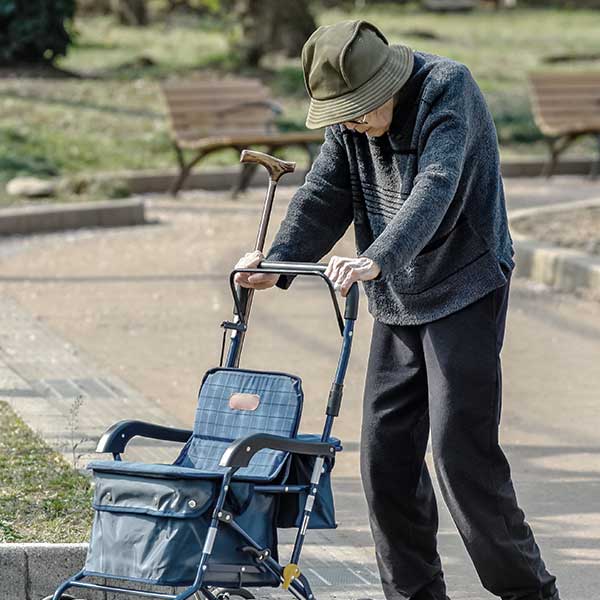
Parkinson's Disease
Parkinson's disease is a progressive neurodegenerative disorder characterized by the gradual loss of dopamine-producing neurons in the substantia nigra region of the brain. It is marked by motor symptoms such as tremors in the hands and feet, muscle rigidity, bradykinesia (slowness of movement), and postural instability. Non-motor symptoms can include sleep disturbances, depression, and other psychiatric issues. While there is no cure for Parkinson's disease, treatment primarily consists of medication to alleviate symptoms and improve the patient's quality of life.